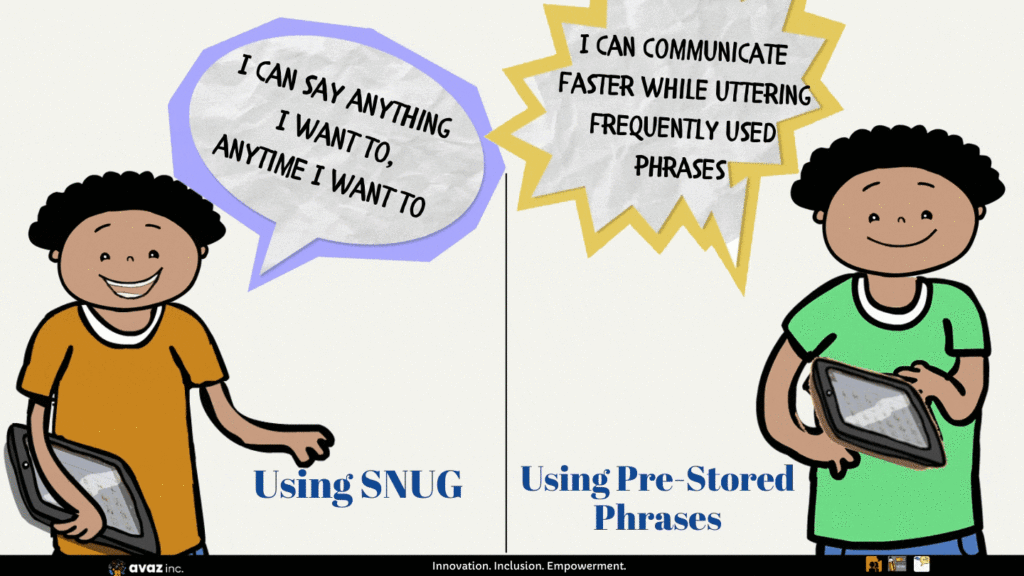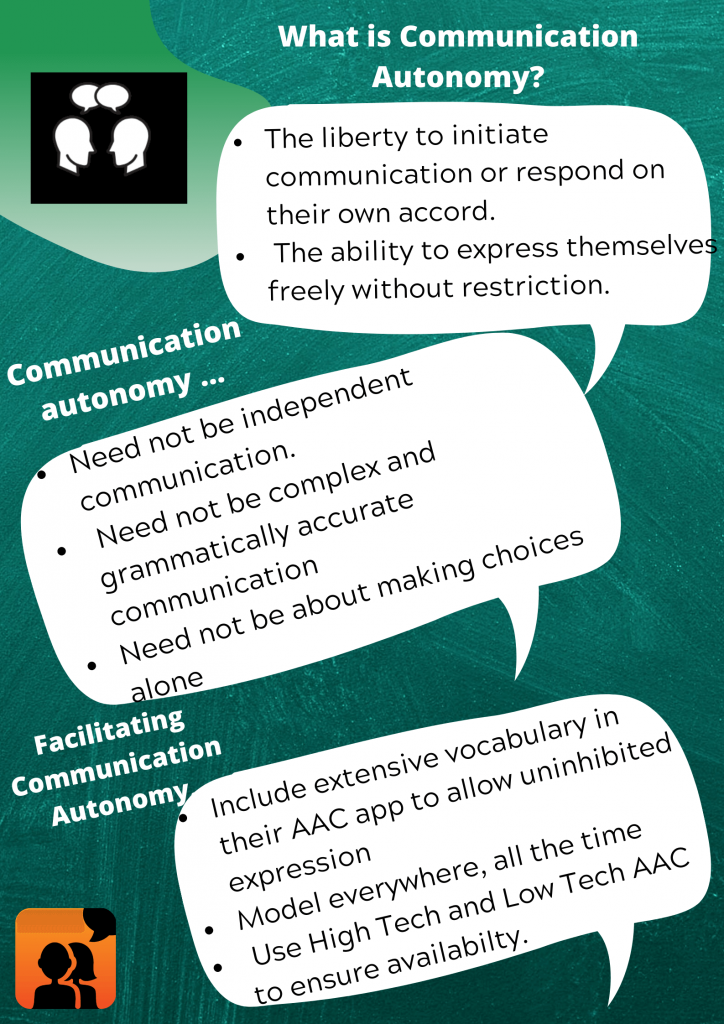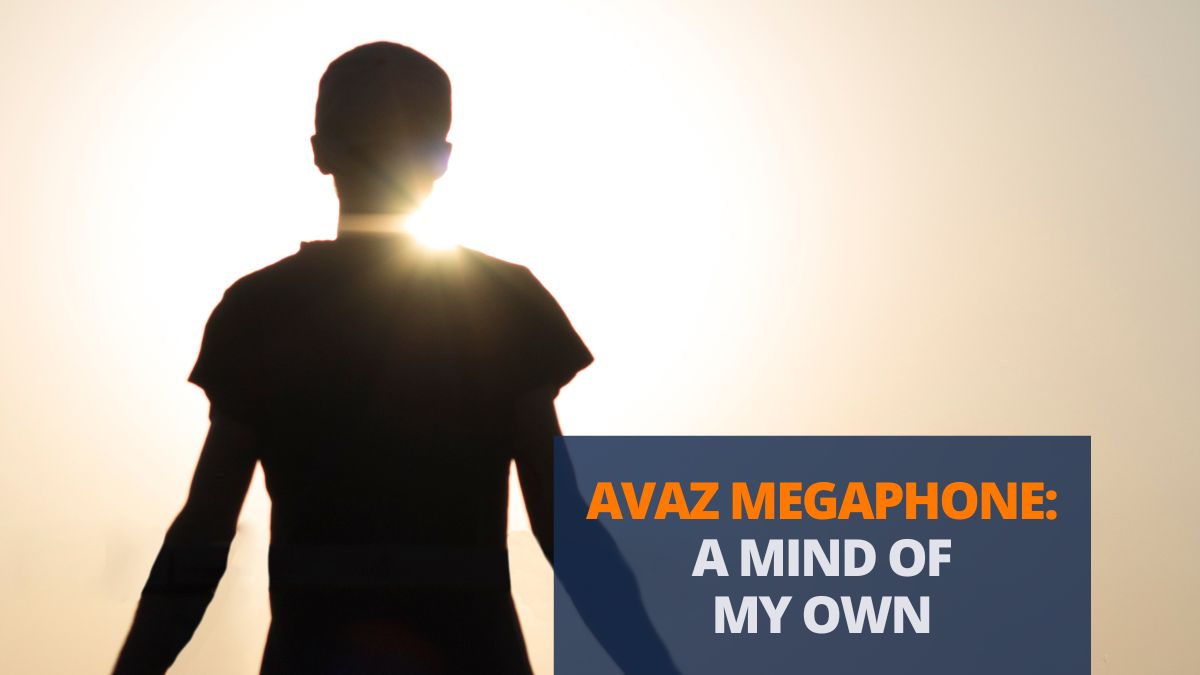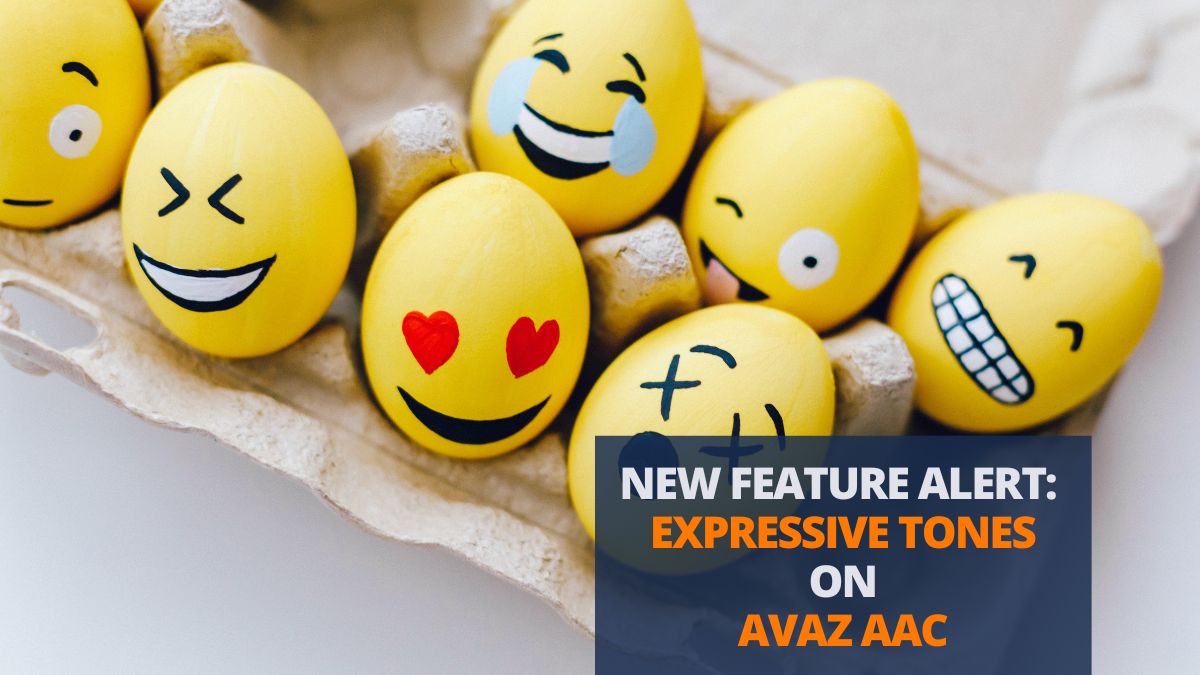Effective communication plays a pivotal role in determining the quality of our lives. It impacts our interpersonal relationships and opportunities to get quality education and employment. It also enables us to have agency and a sense of control over our lives. Therefore, the focus of AAC implementation must be to develop interactive communication with which communicators can have meaningful exchanges with others. SNUG – Spontaneous Novel Utterance Generation is a language generating model that enables just that. With SNUG, communicators pick up language skills that allow them to have rich interactions and more societal participation.
What is SNUG?
SNUG or spontaneous novel utterance generation allows an individual to say whatever they want to, whenever they want to. It’s an effective way to supplement speech or replace it with technology or strategies that enable language acquisition. When we use the SNUG model, AAC communicators tend to develop language abilities very similar to the way neurotypical individuals acquire language.
For example, when a communicator meets someone for the first time, SNUG model allows them to say, “You look familiar”, “I think I’ve seen you before”, “I don’t feel like talking to you right now”, “I like you hair” or any of the other million possible things that comes to their mind.
Contrast that with giving them only pre-stored phrases or sentences. Communicators may be stuck with having to say, “Hi, Nice to meet you” when they would have liked to say something that more accurately conveys their thoughts in that given situation.
Should we Do Away with Pre-stored Phrases?
Pre-stored phrases do little to support communication autonomy of AAC users. However, that does not mean communicators are better off without them. Pre-stored phrases come with their benefits, the foremost of which is quick communication. They come in handy in recurring situations where frequently used phrases can get the message across faster.
For example, if a communicator needs to tell their teacher that they did not understand something, they could use the pre-stored phrase, “I don’t understand.” and “Can you please repeat?”
In the absence of pre-stored phrases, the communicator takes longer to construct the same response, sometimes having to navigate folders in their AAC system. This delay can lead to communication breakdown, repairing which will take even longer.
Pre-stored phrases are also essential to get emergency help and for self-advocacy. For example, if a communicator finds themselves in trouble, they can seek help or report the situation by using phrases such as “I need help,” “Can you call emergency services?”, or “Call my family.” For communicators with Autism whose communication tends to shut down during meltdowns, pre-stored phrases can be a more efficient way to make themselves understood.
Why is SNUG a Better Approach?


SNUG is based on the belief that a communicator has the ability to form distinct ideas about a situation and will be able to communicate them. We see that emergent communicators with single-word utterances progress to make grammatically correct sentences. SNUG supports the progress of the communicator and ensures that AAC users are not constrained by pre-stored phrased.
Imagine being given only pre-stored phrases to use during a birthday party. Can anyone anticipate what would happen at the party and who you would spend time interacting with? Communication in natural environments tends to be fluid and rarely do all conversations in a setting follow the same script.
What do Studies Say?
Research suggests that individuals who communicate at the highest levels hardly use pre-stored phrases. The pre-store utterances account for less than 2% of their communication.
Sue Balandin and Teresa Iacono conducted research asking speech-language pathologists to predict the topics that employees can discuss during breaks. They found that using pre-stored phrases would have little relevance to conversations that occur naturally.
SNUG also is closer to the process of natural language acquisition. Neurotypical children use individual words & word combinations when they begin to speak, instead of using full sentences. They begin to understand and apply language rules and speak full sentences/phrases that convey a more accurate meaning as their language skills develop. Allowing AAC users to develop language in the same pattern encourages communication autonomy and more meaningful and interactive communication.
Reference:
https://www.asha.org/public/speech/disorders/communicationdecisions/
https://www.archives-pmr.org/article/S0003-9993(14)00346-3/pdf




